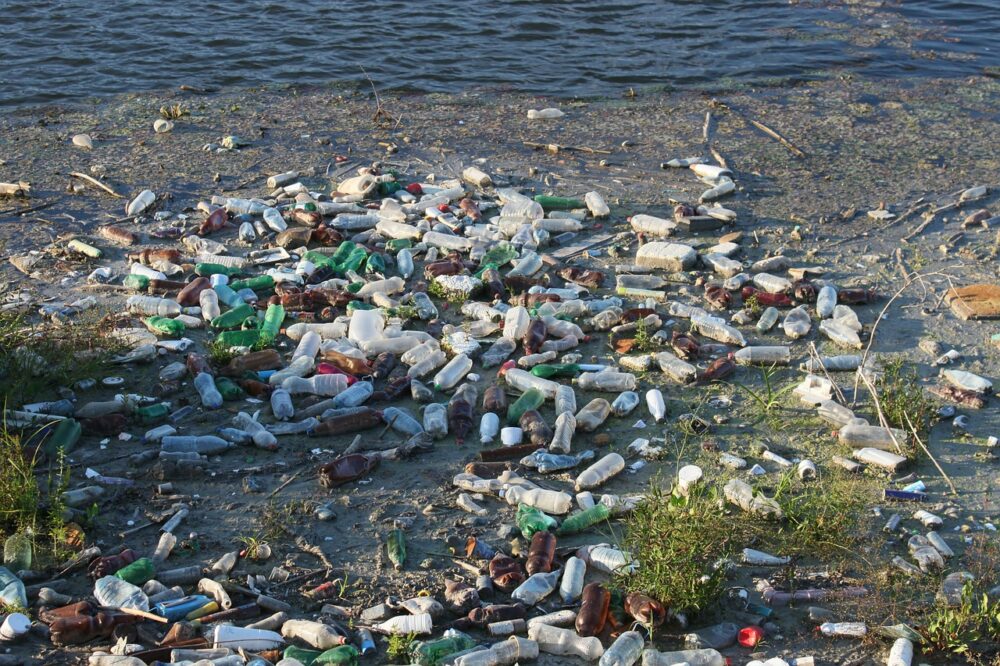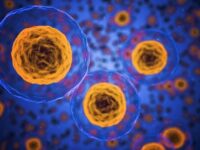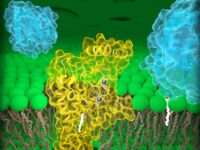Traveling back in time 500 years, one would witness the fall of the Aztec empire and experience the Age of Discovery: events that seem like an eternity ago. That is to say, 500 years is a long time. What will the world look like 500 years in the future? Maybe we will have colonies on Mars or the Moon and advanced energy technologies that harness fusion and solar power. It is also likely that the plastic water bottle you have been carrying around for the last week is sitting in a pile of other plastic at the bottom of a landfill.
Common plastics can remain intact for hundreds of years due to their characteristic carbon-carbon bonds that require heaps of energy to make and break and are essentially impossible to form or break in nature. Cheap production and versatility, however, make plastic one of the most prevalent materials. Though some plastics can be recycled, negligence and a dysfunctional system cause most to wind up in landfills or littered around the ecosystem, where they slowly melt over hundreds of years and release toxic residue.
Plastic debris continues to emerge as one of the leading causes of death for many animals.
The most well-known effect of plastic pollution is the impact on marine ecosystems. Landfill overflows and plastic waste in sewage systems transport plastic to marine environments worldwide where organisms can easily entangle themselves, restricting movement or making them easy targets for predators. Many organisms also mistake food sources with plastic and ingest it, which can block the intestinal tract and cause reproductive failure. The amount of plastic found in marine ecosystems is steadily increasing over recent decades as more is produced, wasted, and never removed from the environment. As highlighted by a study by W.C. Li at the Hong Kong Institute of Education, despite increased regulations to reduce the hunting of whales, dolphins, and other endangered organisms, plastic debris continues to emerge as one of the leading causes of death for many animals.
Plastics buried in landfills also have less familiar impacts on the environment: detrimental effects on soil. Maintaining sail quality is important for numerous organisms, including humans who rely on soil for food, construction, and medicine. Just as in marine environments, organisms living in soil will eat plastic. Plastic films in the soil also tend to dry the soil, negatively impacting the growth and health of agriculture. Plastic material in soil is surprisingly motile despite being buried underground, as rainwater contributes to the movement of debris and growing plant roots push it through the ground, eventually pushing plastic into aquifers and other bodies of water. The enduring effects of plastic in the environment have forced many researchers to search for an efficient way to degrade common plastics before ecosystems are irreversibly damaged.
These bacterial strains instill confidence that an efficient method of plastic degradation is around the corner.
Until a study by environmental scientist Jun Yang at Beihang University in 2014, it was thought that the only way to degrade plastic was by exposing it to high levels of heat, which takes upwards of 500 years. The study observed that Indian meal moths, or waxworms, were capable of eating and digesting polyethylene (PE) films — currently the most used plastic. Their experiment isolated two bacterial strains found in the gut of waxworms to see if they could efficiently degrade PE films, attempting to grow bacterial colonies with PE films as the only food source. After 28 days, they observed significant growth of both bacterial strains, indicating both strains could digest and degrade PE films. The researchers subsequently found that the weight of the PE films decreased and deformations were visible using electron microscopy after the 28 days, further proving these bacterial strains were capable of degrading plastic. Recently in Indonesia, a different strain of bacteria was discovered that has enzymes capable of degrading Polyethylene terephthalate (PET), another common plastic used mainly in water bottles.
These bacterial strains instill confidence that an efficient method of plastic degradation is around the corner. For example, as the gene-editing tool CRISPR develops, it may be possible to enhance these bacterial strains for more efficient plastic degradation or degradation of different types of plastics. Until then, cutting plastic usage and properly recycling remain the best ways to protect our ecosystems so that in 500 years, plastic in landfills does not nullify the advancements of humanity.
Sources
Environmental Pollution (2018). DOI: https://doi.org/10.1016/j.envpol.2018.05.008
Science of The Total Environment (2016). DOI: https://doi.org/10.1016/j.scitotenv.2016.05.084
Environmental Science & Technology (2014). DOI: https://doi.org/10.1021/es504038a
Image courtesy of Pixabay



